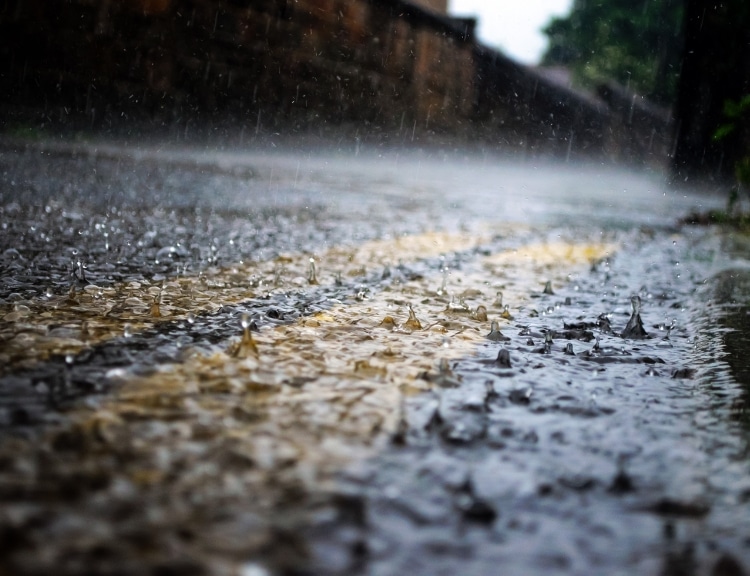With communities across North Carolina, Florida, and Georgia still reeling and cleaning up from the recent Hurricane Helene, alongside shifting hurricane patterns and intensity in the past several seasons, we’ve been thinking a lot about heavy rain and changing weather patterns.
While factors like pipe age, material, and soil conditions are commonly understood to impact water main breaks, increased precipitation adds another layer of complexity. Let’s explore how heavier rainfall can trigger infrastructure failures and how predictive modeling can be a game-changer in mitigating these risks.
How does increased precipitation increase the risk of water main breaks?
Water main breaks are often the result of multiple contributing factors. Increased rainfall can put a water main at higher risk of failure in multiple ways:
- Increased Soil Moisture and Shifting Soil: Heavy rainfall saturates the soil surrounding buried water mains. This saturation can significantly alter the soil’s load-bearing capacity and cause soil shifting, putting stress on the pipes.
- Changes in Water Table Levels: Rising water tables associated with periods of intense rainfall can exert additional external pressure on water mains, potentially leading to breaks, especially in aging or weakened pipes.
- Increased External Loads: Increased precipitation can lead to higher groundwater levels and soil saturation, increasing the external loads on buried pipes, particularly older pipes or those with pre-existing weaknesses, making them more susceptible to breaks.
- Frost Loads (in colder climates): In regions with freezing temperatures, increased precipitation followed by freeze-thaw cycles can create frost heave, a phenomenon where expanding ice in the soil puts immense pressure on buried pipes, leading to breaks.
The Power of Predictive Modeling
Reacting to water main breaks after they occur is costly and disruptive. Predictive modeling offers a proactive approach by harnessing the power of data to dynamically anticipate and mitigate risks across many variables more quickly and accurately than a person is able to do. Here’s how:
- Identifying High-Risk Mains and Areas: Predictive models can analyze historical data on precipitation patterns, soil types, pipe materials, break history, and other factors to more accurately identify areas within a water distribution system that are most vulnerable to breaks during periods of increased precipitation.
- Informing Infrastructure Investments: By pinpointing high-risk areas, utilities can prioritize pipe replacement and rehabilitation efforts in those locations, ensuring that resources are allocated strategically to maximize impact.
- Optimizing Maintenance Schedules: Understanding the relationship between precipitation and break rates allows utilities to optimize maintenance schedules, proactively addressing potential issues before they escalate into major disruptions.
With shifting climate and weather patterns, increased precipitation is a reality that water utilities are facing more frequently. Don’t wait for the next downpour to expose vulnerabilities in your system.
Reach out today to explore how predictive modeling can enhance your process for condition assessment, maintenance, and capital planning.





